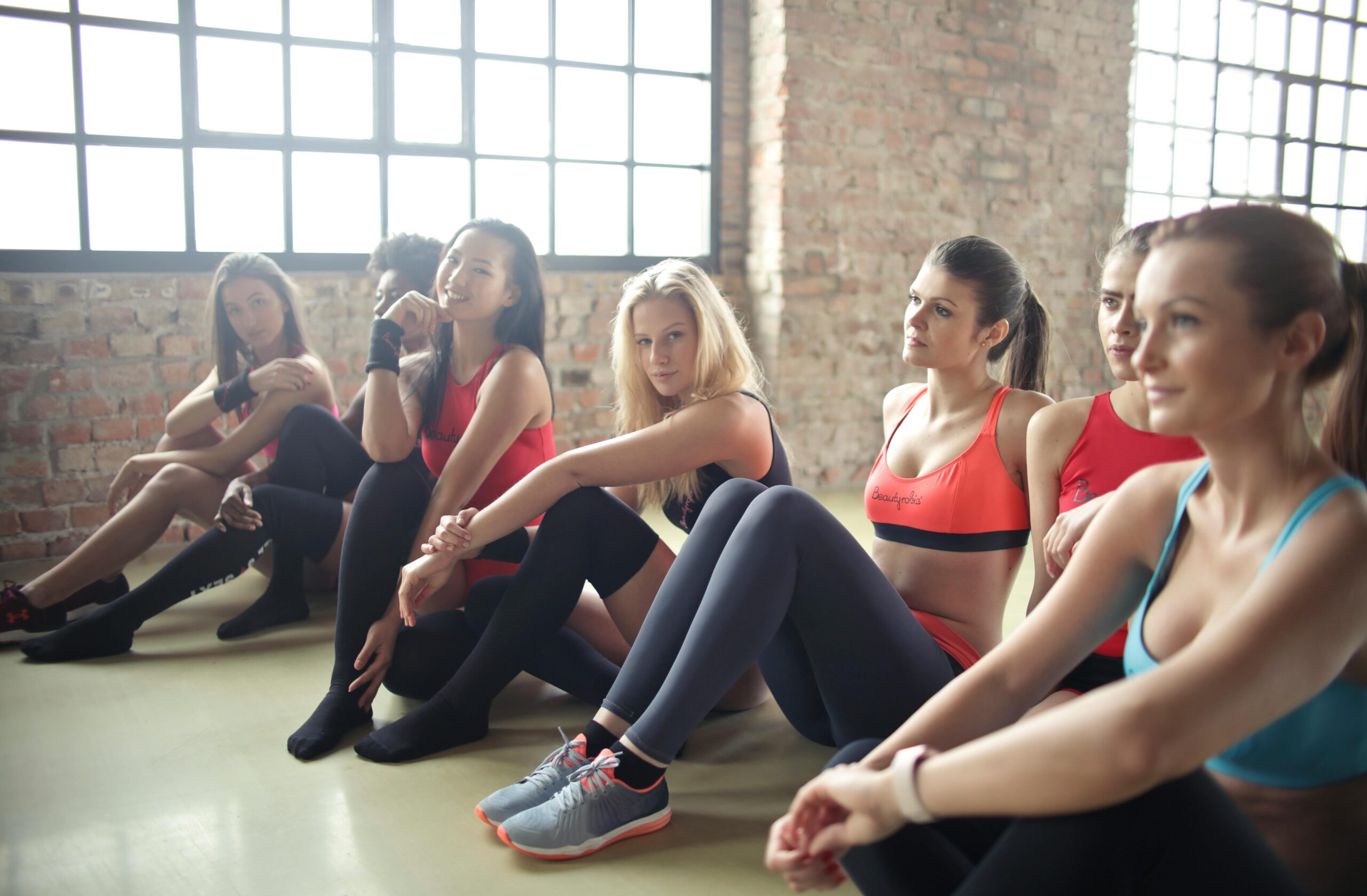Introduction to Group Cycling and Spinning
Group cycling and spinning have surged in popularity as dynamic cardiovascular workouts that combine physical endurance, social interaction, and motivational atmospheres. Whether in a studio illuminated by energetic lights or outdoors with a group of fellow cyclists, these activities offer more than just exercise — they create a community-driven fitness experience. This article explores the multifaceted appeal of group cycling/spinning, examining how it enhances physical health, fosters social connections, challenges mental resilience, integrates technology, and offers a sustainable workout option for diverse fitness levels. By understanding these elements, readers can appreciate why group cycling/spinning has become a preferred choice for those seeking both effective workouts and motivating environments.
The Physical Benefits: Endurance, Strength, and Cardiovascular Health
At its core, group cycling and spinning deliver intense cardiovascular workouts that improve heart and lung efficiency. The structured intervals, resistance adjustments, and rhythmic pedaling stimulate endurance building and calorie burning. Unlike solitary exercise, the group setting can push individuals to maintain or increase effort levels—leading to muscular development, especially in the lower body including calves, quads, hamstrings, and glutes. Moreover, the low-impact nature of cycling significantly reduces joint strain compared to running, making it accessible to a wide range of ages and fitness backgrounds. This combination of endurance and strength training contributes to better overall physical fitness and injury prevention.
Psychological Motivation and the Power of Group Dynamics
One of the most compelling reasons people choose group spinning is the psychological boost gained from shared effort and community energy. The presence of an instructor who calls out intervals and cues, combined with the synchronized pedaling of a group, creates a sense of camaraderie and friendly competition. This collective mindset promotes greater perseverance, pushing individuals through fatigue and mental barriers often encountered in solo workouts. The music, lights, and verbal encouragement help participants stay focused and uplifted, reducing perceived exertion and enhancing enjoyment, which in turn increases workout adherence and consistency.
Technological Integration: Tracking Progress and Enhancing Engagement
Modern spinning studios and group cycling enthusiasts increasingly rely on technology to enrich the workout experience. Smart bikes with power meters, cadence sensors, and heart rate monitors allow participants to track their performance in real-time, offering personalized feedback. Virtual class platforms enable riders to participate remotely or compete with others globally, expanding access and connectivity. Many studios incorporate interactive screens displaying metrics and leaderboards, which motivate participants to improve and maintain accountability. This fusion of technology supports goal setting and progress visualization, essential components for sustained fitness improvement.
Inclusivity and Adaptability: A Workout for All Levels
Group cycling/spinning is remarkably adaptable to individual fitness levels, making it an inclusive activity. Resistance levels on bikes can easily be adjusted, allowing beginners to start at a comfortable intensity and experienced cyclists to challenge themselves with advanced intervals and climbs. Instructors often offer modifications to accommodate injuries or physical limitations, ensuring that everyone can participate without feeling left behind. This scalability encourages newcomers to try the workout and helps seasoned riders continually push their boundaries in a supportive environment, fostering a long-term commitment to fitness.
Social Connection and Lifestyle Impact
Beyond physical and psychological benefits, group cycling fosters social bonds, which contribute positively to mental well-being. Regular attendance creates opportunities for making friends, sharing goals, and celebrating milestones together. This in turn reduces feelings of isolation and enhances motivation to keep up with fitness routines. Many enthusiasts cite the sense of belonging as a key factor in their sustained participation. The lifestyle changes cultivated through commitment to group cycling also extend to improved nutrition, better sleep, and increased overall energy, illustrating how exercise can positively influence various aspects of daily living.
In summary, group cycling and spinning combine rigorous physical training with powerful psychological stimulation and social engagement. These activities benefit endurance and strength while minimizing injury risks due to their low-impact nature. The motivational atmosphere, enhanced by expert instructors and technology, keeps participants driven and invested in their fitness journeys. Importantly, the adaptability of spinning makes it accessible and rewarding for all fitness levels, fostering inclusivity. Finally, the social connections built within cycling communities support mental wellness and encourage healthy lifestyle habits beyond the gym. Together, these elements create a compelling, sustainable fitness experience that meets both physical and emotional needs.
